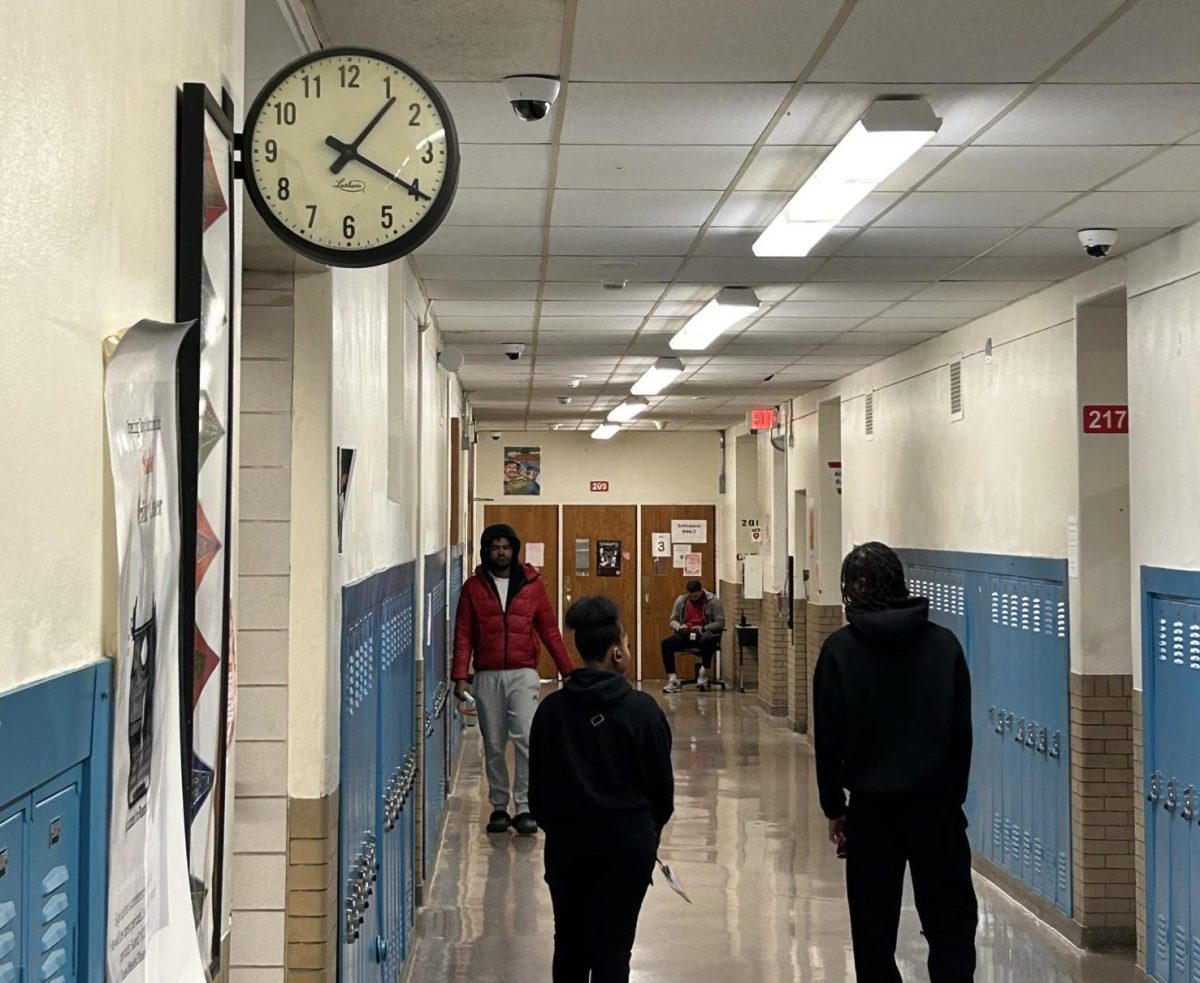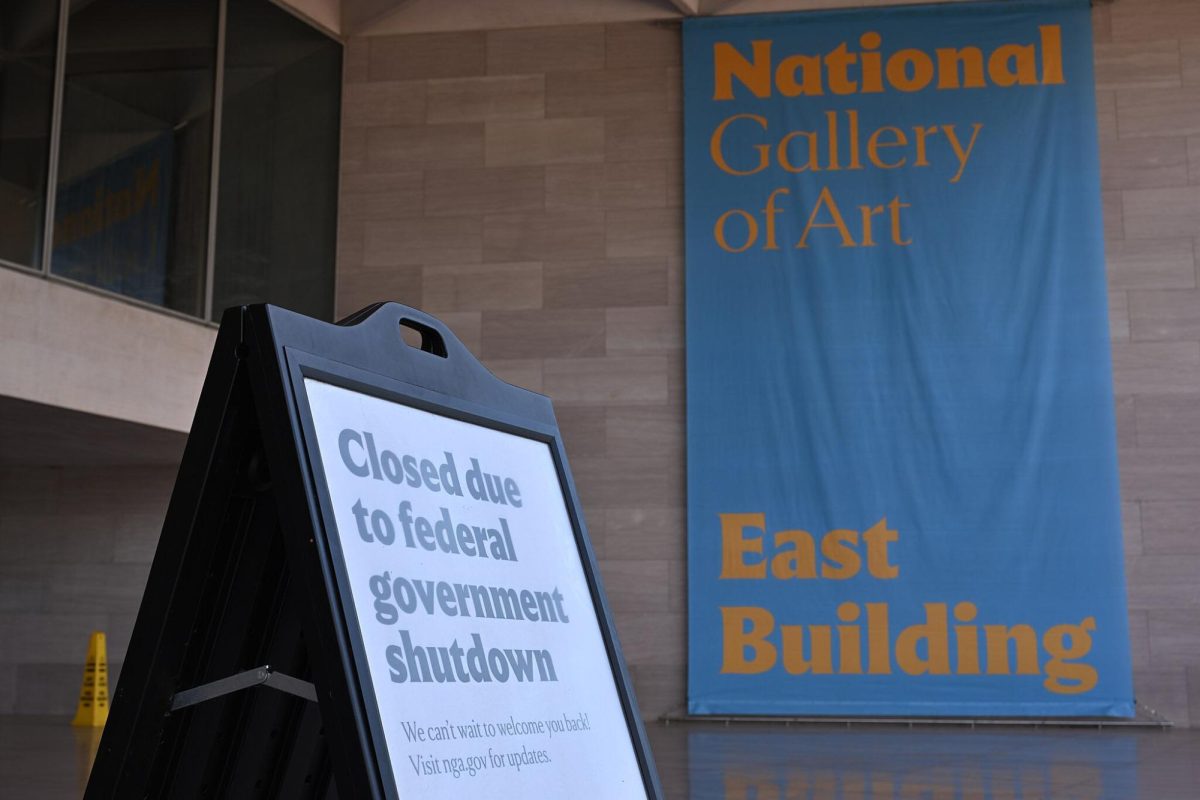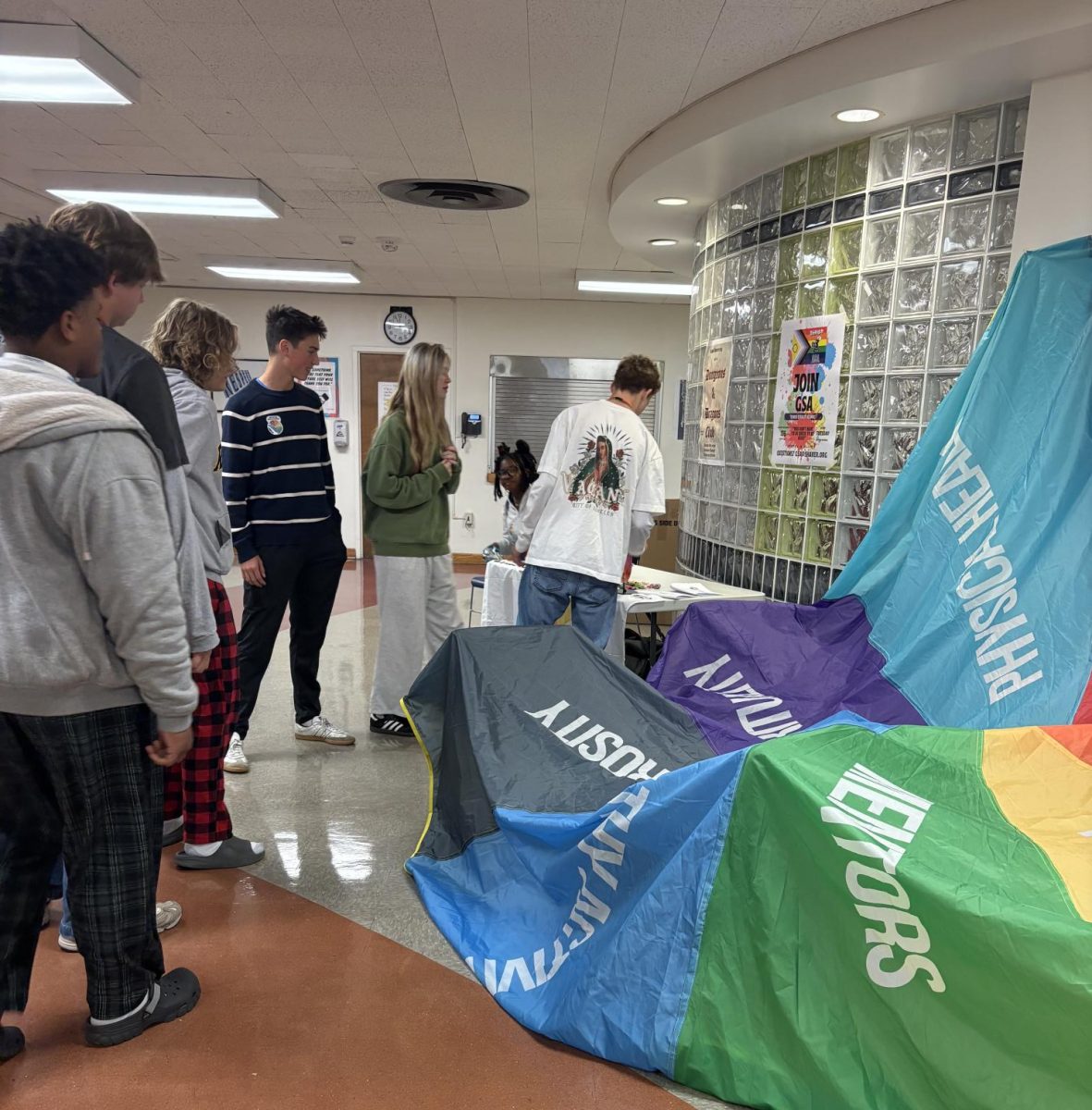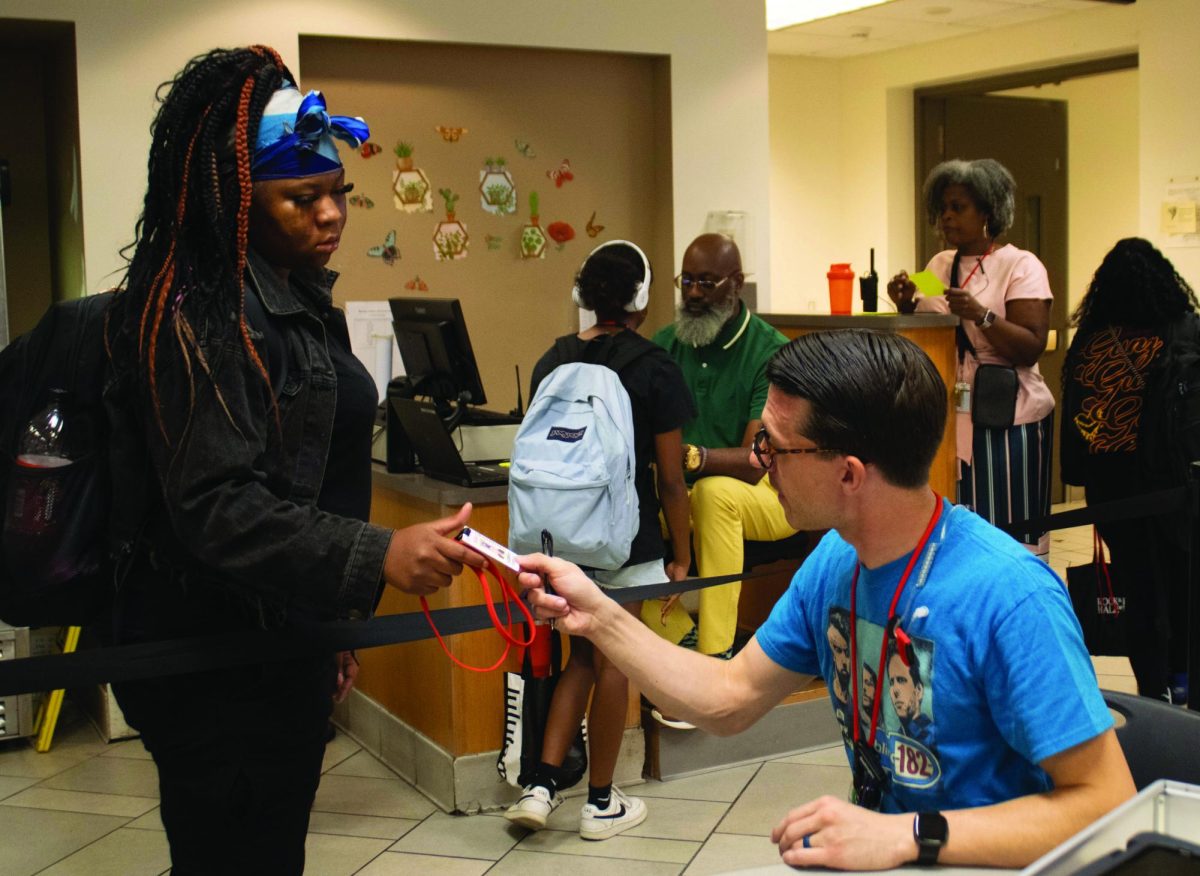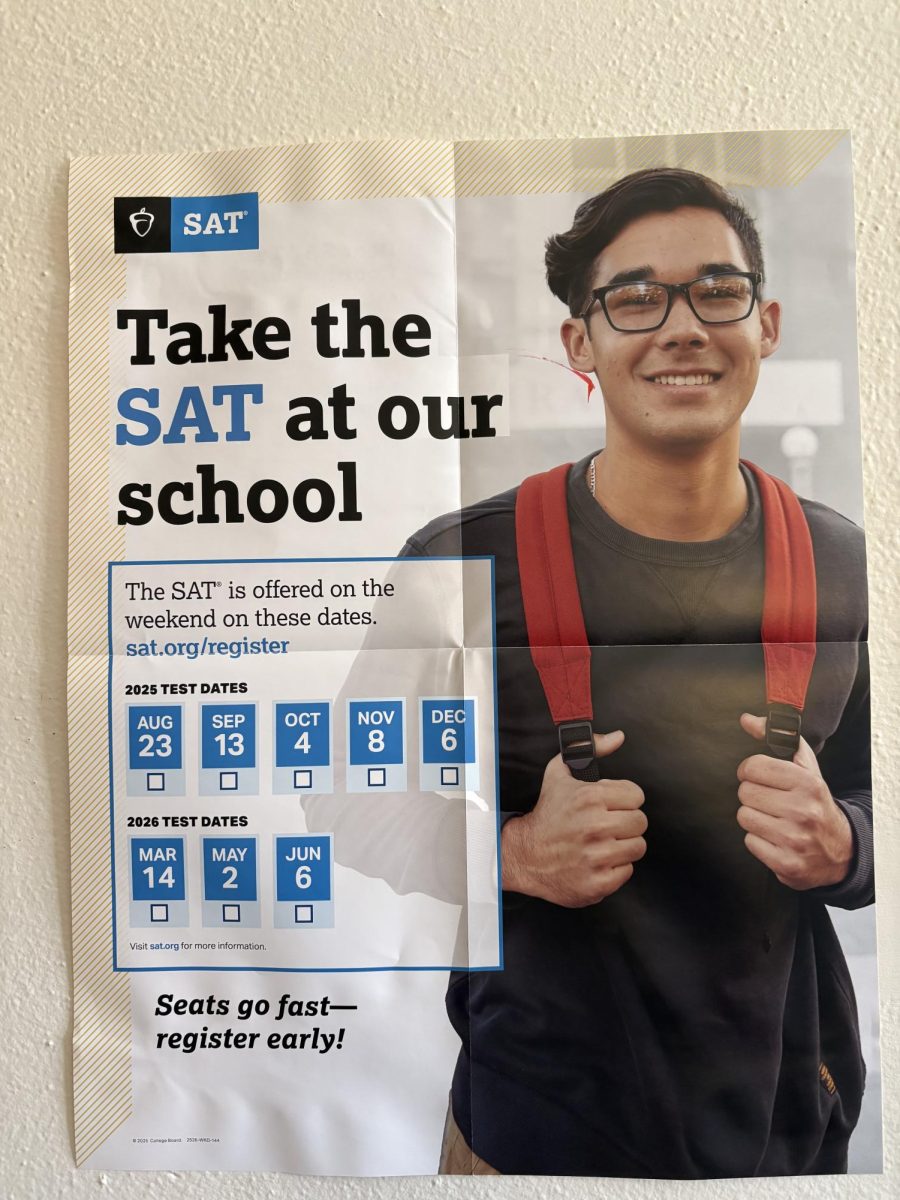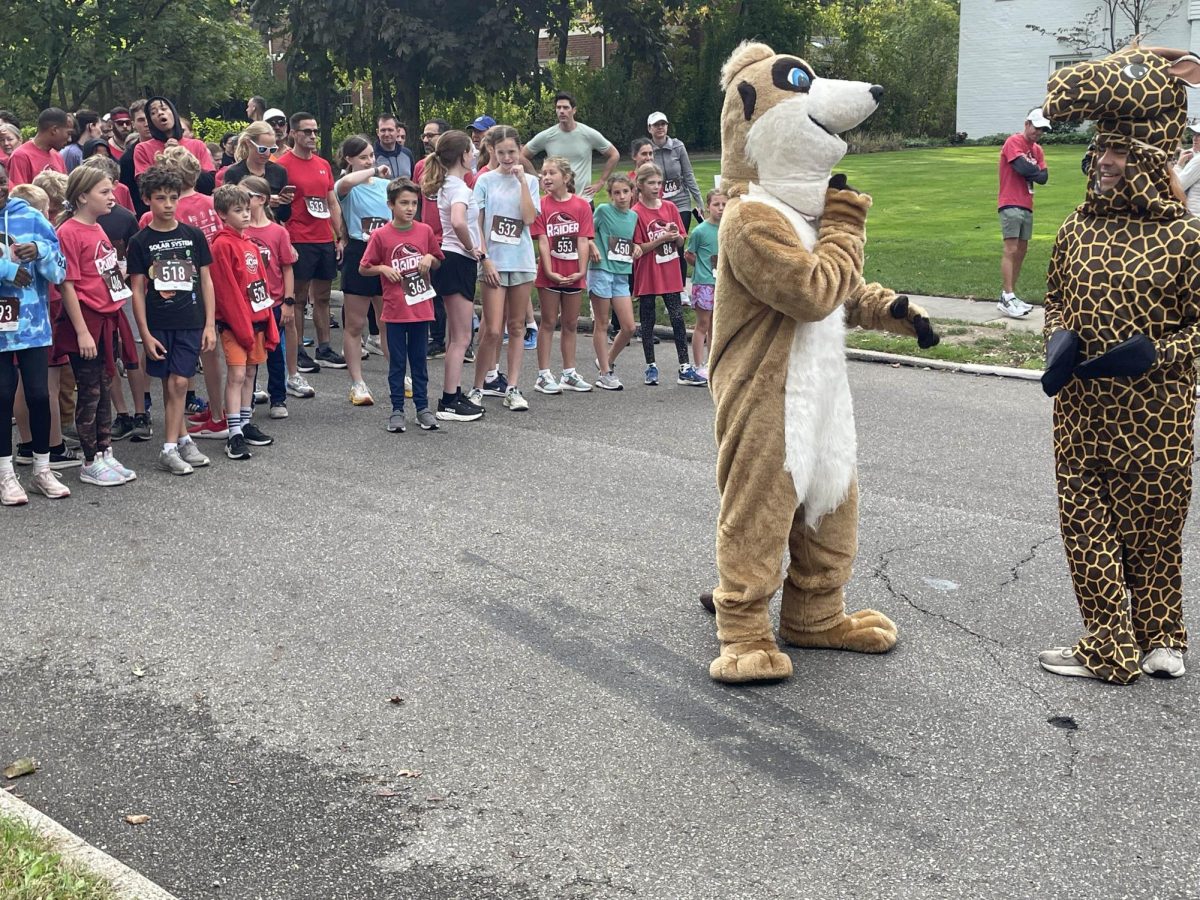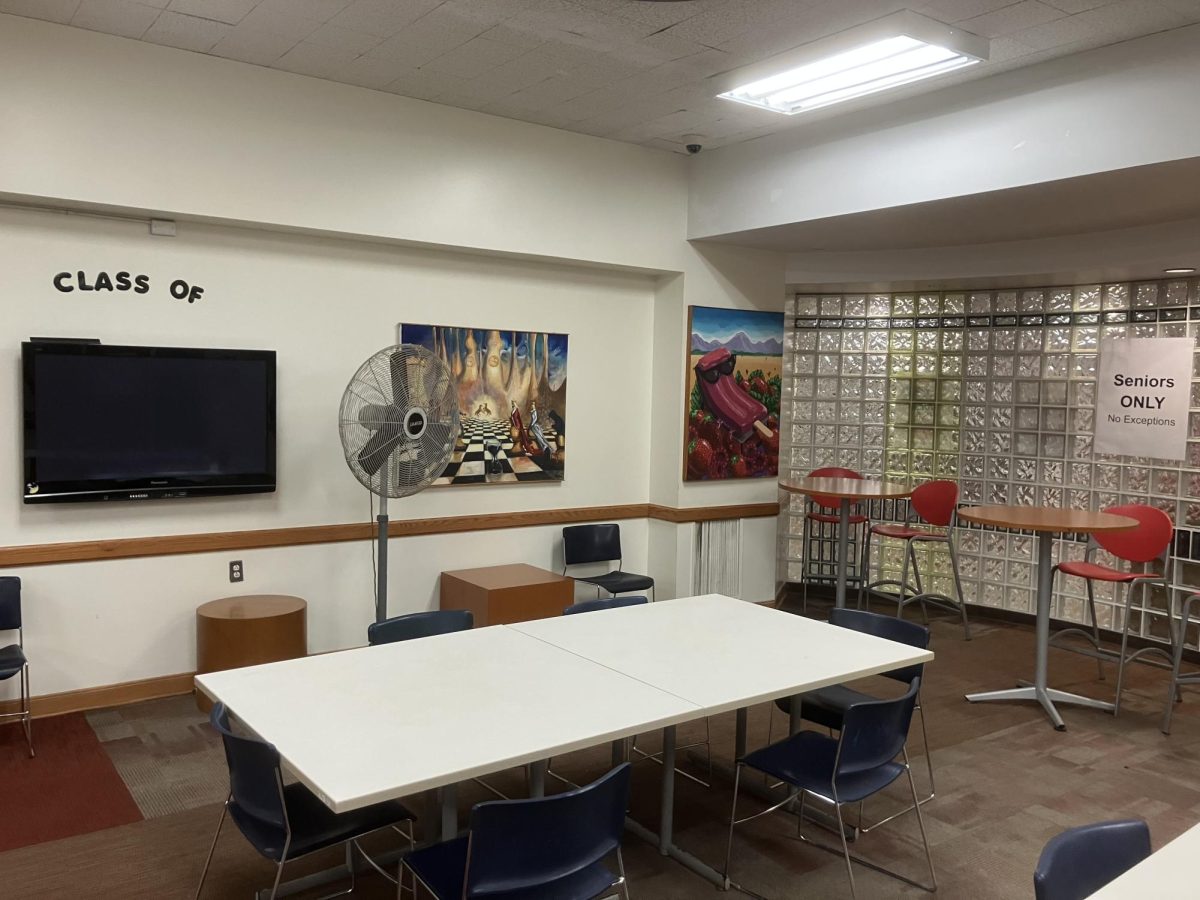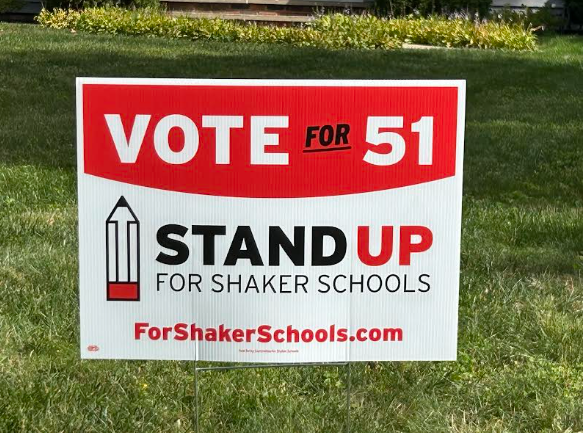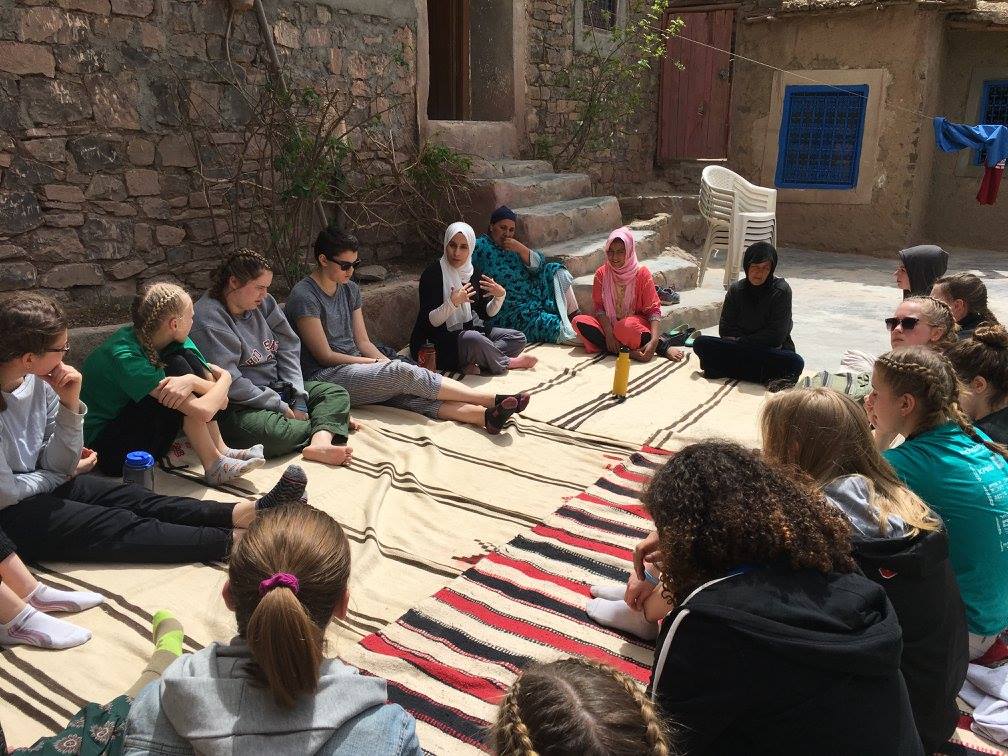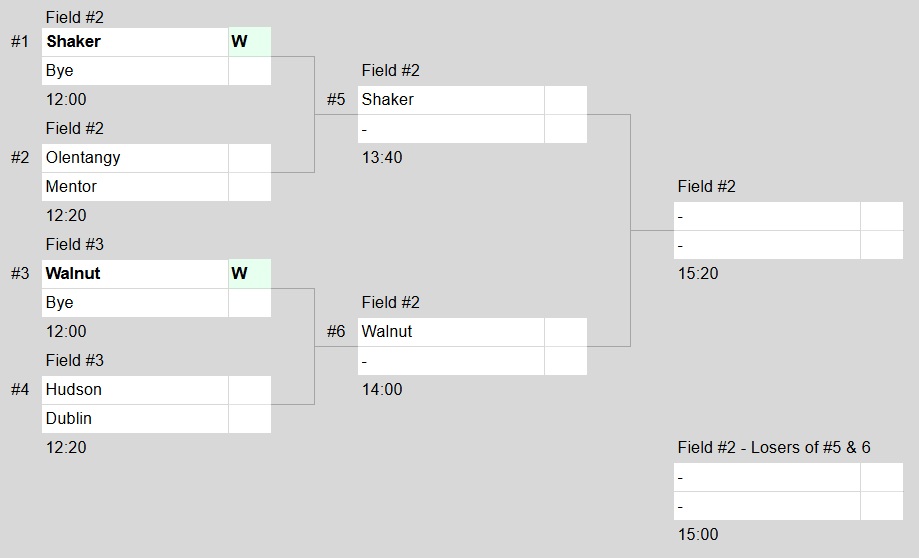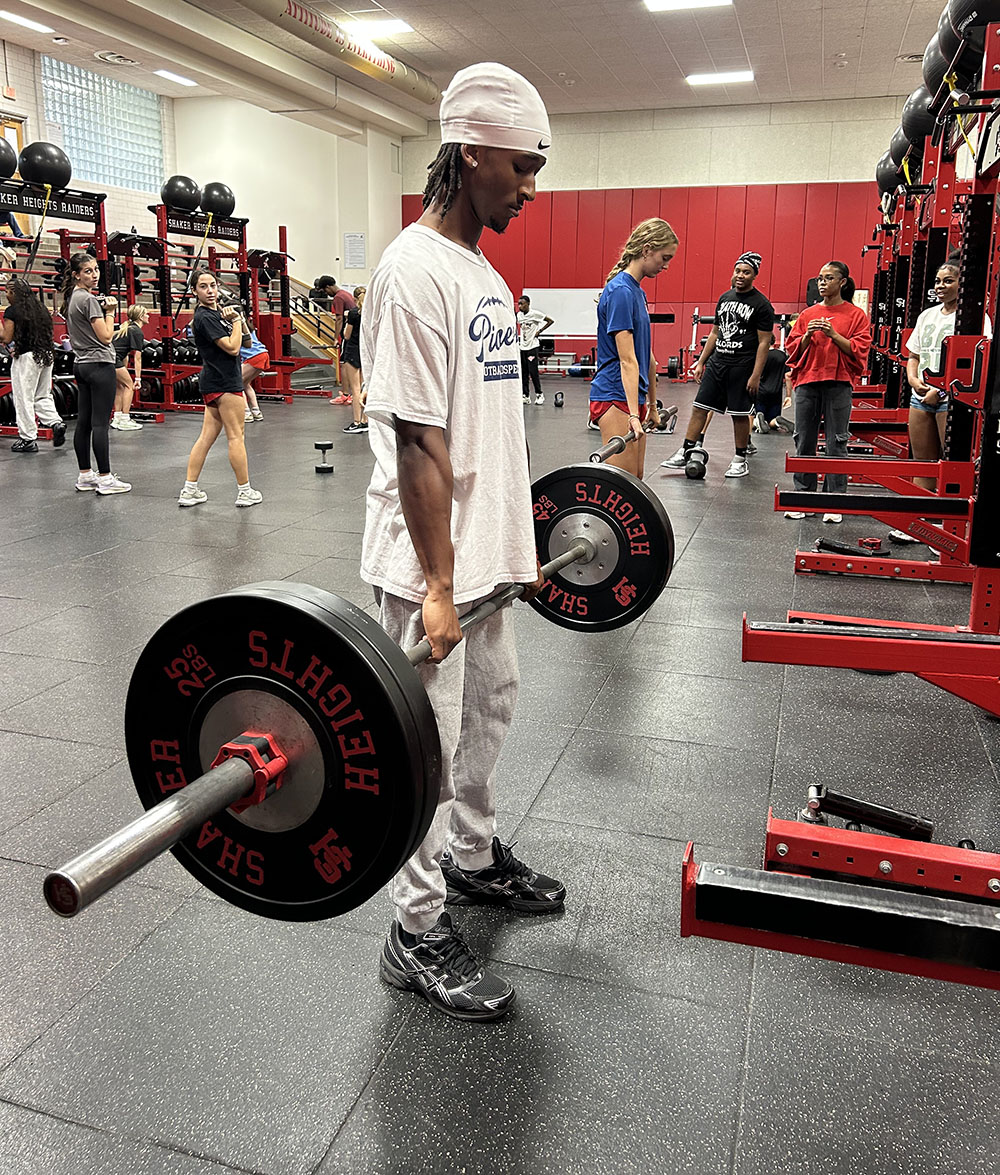Now that it’s illegal to check the time by glancing secretly at their phone’s home screen, some students are struggling to tell time the old-fashioned way.
History teacher Paul Kelly notices students struggle with reading clocks. “I know some can’t. It is not a good sign. I see them looking up there, and I think they’re embarrassed,” he said
The analog clock was first invented by Dutch scholar Christiaan Huygens in 1656. Being more accurate than any prior way to tell time, the clocks became the standard. The electric clock was patented in 1840 and introduced later in the nineteenth century. The first digital clock radio was released in 1979. Digital clocks are now in people’s pockets and on their computers.
When students in the cafeteria were asked what the current time was on the spot, four of 20 students could not tell the time. “I don’t care to learn,” senior Borja Lopez said.
History teacher Joseph Konopinski, whose wife teaches at Fernway Elementary, said the skill is still being taught at elementary schools, but he thinks it should be taught at home as well. “If the teachers are the only ones teaching them, they’re not going to learn,” he said.
Sophomore Leo Pevnick said the school needs to address his peers’ incapabilities. “Shaker has to do a better job teaching people how to read clocks,” he said.
Junior Iyainna Crew knows traditional clocks are not going away. “There is a traditional clock in the majority of my classes,” she said. “But, digital clocks are better. I can’t even read traditional clocks.”
Junior Arie Saunders said digital clocks are easier than traditional clocks. “I check my computer more, but I see a point in traditional clocks,” she said.
Junior Za’Nyah Williams said students’ inability to read the clocks makes telling time inefficient. “I feel like it is a lot of work, and you are never accurate,” she said.
After asking 40 students to complete a telling-time worksheet, 13 assessed their skills as excellent, 21 said competent, four said weak and the other two said nonexistent. Most students took more than 10 seconds to find the time. Of those 40 students, 85 percent demonstrated better than minimal clock-reading skills.
Individuals and Societies teacher Bradley Bullard is not as confident in his students’ clock- reading skills. “I think 75 percent are capable. The other 25, who knows?” he said.
A 2021 CBS News Poll suggests that “Analog clocks may be going out of style with younger adults.” The poll found that “Nearly half of those under 35 don’t have one, and a third of Americans between 35 and 44 also don’t have an analog clock in their home either.”
Associate Principal James Dubsky said that students’ time-telling and other traditional skills are decreasing. “I think it is a skill that is definitely diminishing right now,” he said. “But what might be worse is cursive. I asked a student to sign their name, and they looked at me so confused. Those skills are really changing.”

